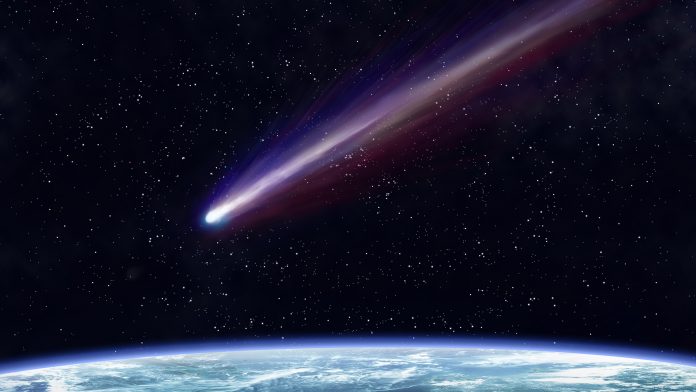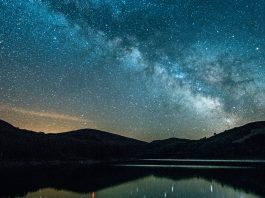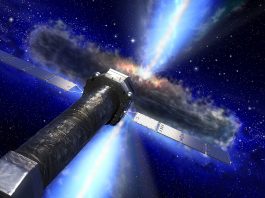Fresh findings from the European Southern Observatory Very Larger Telescope (ESO’s VLT) reveal that rogue comet 21/Borisov may be the most pristine we have ever encountered.
Discovered in August 2019 by amateur astronomer Gennady Borisov, 21/Borisov is merely the second intergalactic visitor that we have recorded entering our solar system, with the first being “Oumuamua” – another object thought to be a comet studied with ESO’s VLT in 2017, later being reclassified as an asteroid.
Stefano Bagnulo, the leader of the study published in Nature Communications, said: “2I/Borisov could represent the first truly pristine comet ever observed.”
To investigate this interstellar traveller, Bagnulo and his team utilised a technique called polarimetry – the commonly used method for studying comets and the other small bodies of our solar system, using the FORS2 instrument on ESO’s VLT located in northern Chile to do so. Sensationally, the team established that 21/Borisov possessed polarimetric properties distinct from that of solar system comets, with the only exception to this being Hale-Bopp. This comet received considerable public interest in the late 1990’s due to being easily visible to the naked eye. Hale-Bopp was believed to have passed our Sun only once prior to its most recent passage, meaning that it had barely suffered the effects of radiation and solar wind, signifying that its composition is incredibly similar to the cloud of gas and dust it formed from 4.5 billion years ago and was believed to be the most pristine ever encountered, until now.
By comprising the polarisation analysis with the colour of the comet to attain clues of its composition, the team confirmed that 21/Borisov possessed untarnished signatures of the cloud and dust it formed from – remarkably making it more pristine than Hale-Bopp.
Alberto Cellino, the co-author of the study, explained: “The fact that the two comets are remarkably similar suggests that the environment in which 2I/Borisov originated is not so different in composition from the environment in the early Solar System.”
Lumilla Kolokolova, of the University of Maryland, who was involved in the research, added: “The arrival of 2I/Borisov from interstellar space represented the first opportunity to study the composition of a comet from another planetary system and check if the material that comes from this comet is somehow different from our native variety.”
Bagnulo, is optimistic that before the turn of the decade, astronomers will have an even better opportunity to study a rogue comet, adding: “ESA is planning to launch Comet Interceptor in 2029, which will have the capability of reaching another visiting interstellar object if one on a suitable trajectory is discovered.”
Elsewhere in the cosmos of discovery, astronomers are taking advantage of Earth’s many telescopes to attain even more fascinating information about 21/Borisov and others just like it. Bin Yang, an astronomer at the ESO in Chile, has led a team that utilised data from the Atacama Large Millimetre/submillimetre Array (ALMA), of which ESO is a partner, in addition to ESO’s VLT – investigating 21/Borisov’s dust grains to unravel the galactic origins of the comet and the conditions in its home system. They unearthed that 21/Borisov’s coma – an envelope of dust surrounding the primary body of the comet – contained compact pebbles and grains one millimetre in size or possibly larger, in addition to finding that the levels of carbon monoxide and water in the comet drastically changed as it neared the Sun – signifying that it is comprised from materials from different regions of its planetary system.
Yang, said: “Imagine how lucky we were that a comet from a system light-years away simply took a trip to our doorstep by chance.” Her teams’ results are published in Nature Astronomy.









